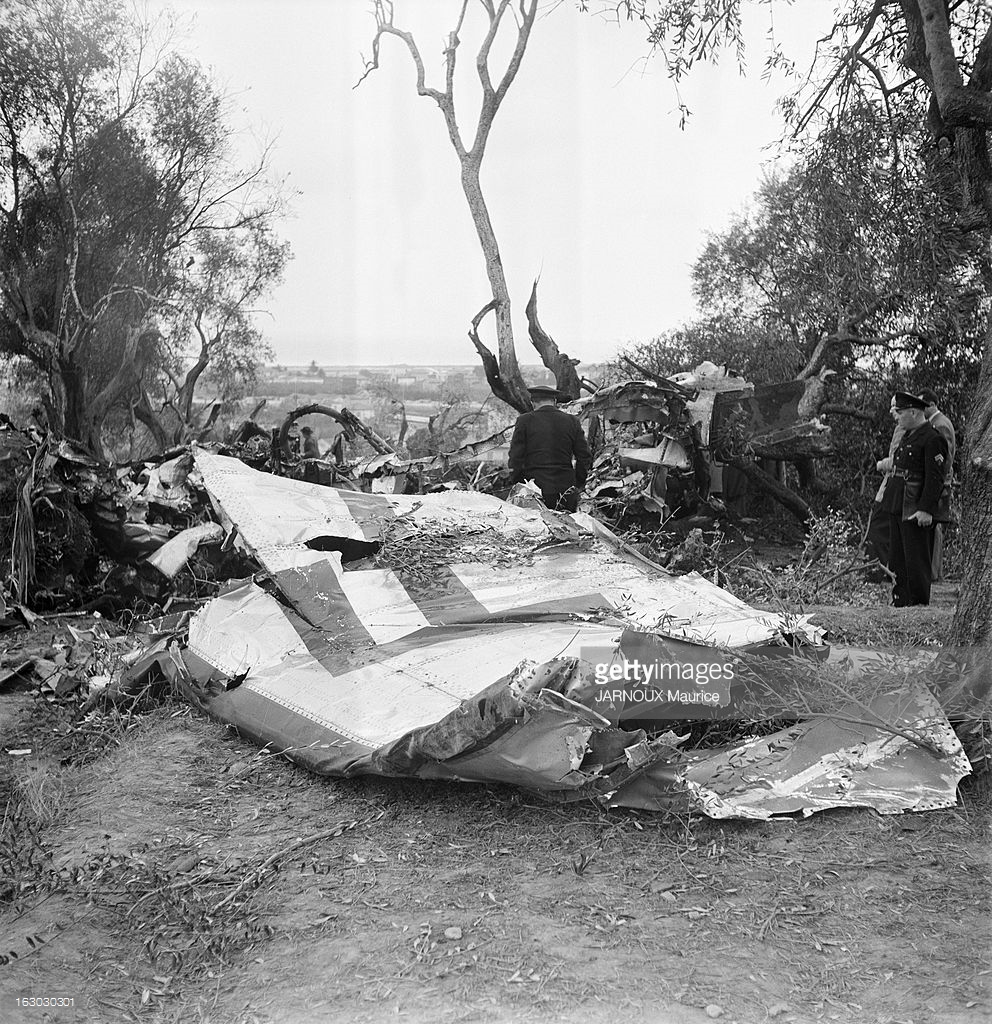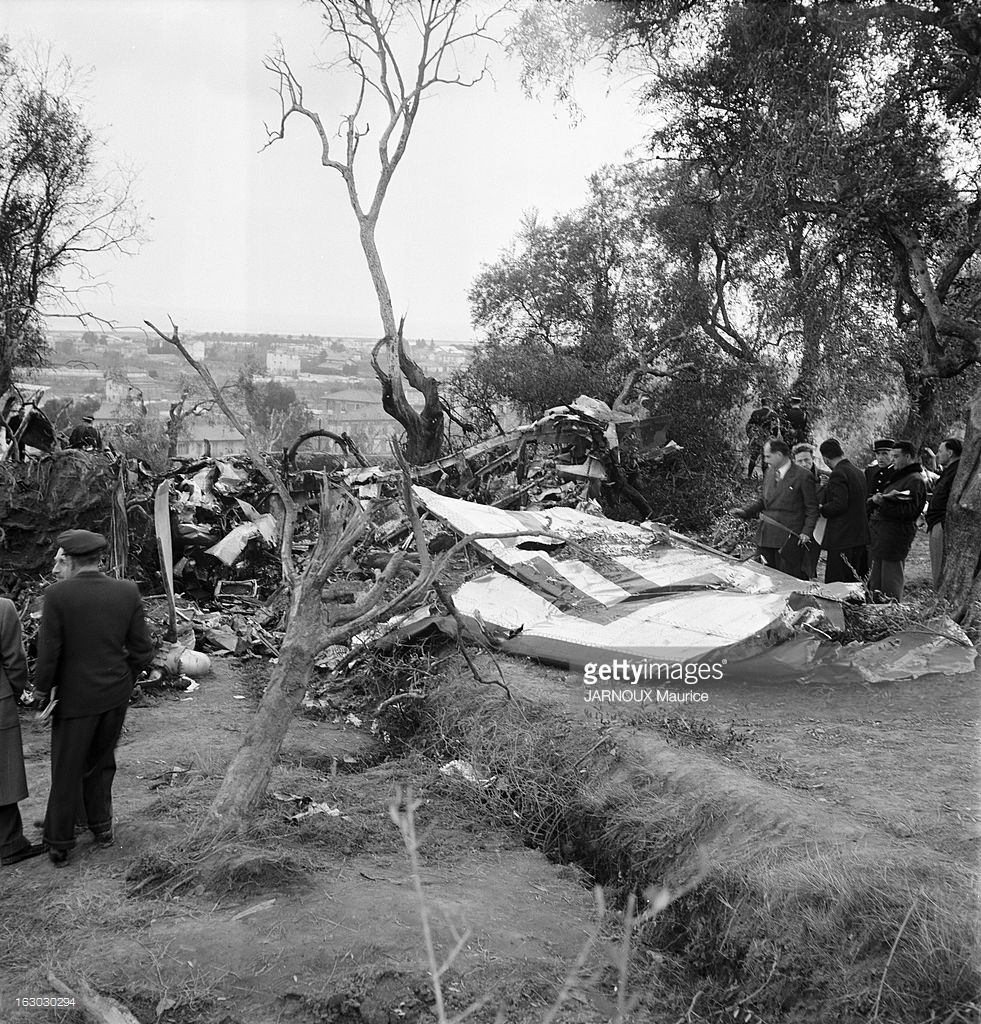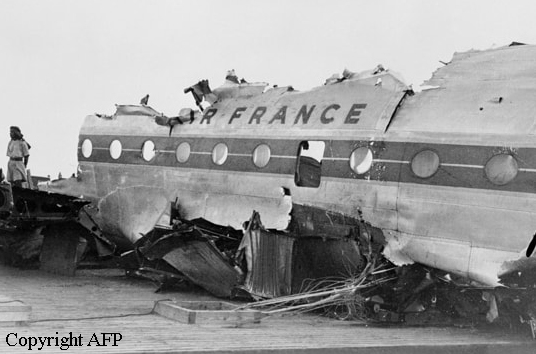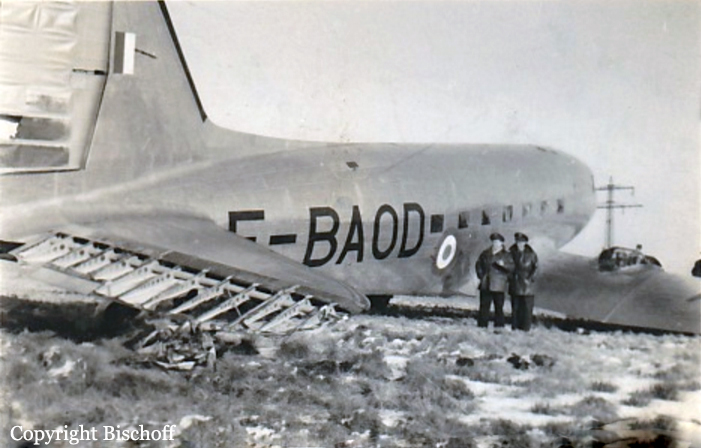Crash of an AAC.1 Toucan in Antalaha
Date & Time:
Dec 5, 1952
Registration:
F-BANK
Survivors:
Yes
MSN:
145
Crew on board:
0
Crew fatalities:
Pax on board:
0
Pax fatalities:
Other fatalities:
Total fatalities:
0
Circumstances:
Crashed in unknown circumstances. There were no casualties.












